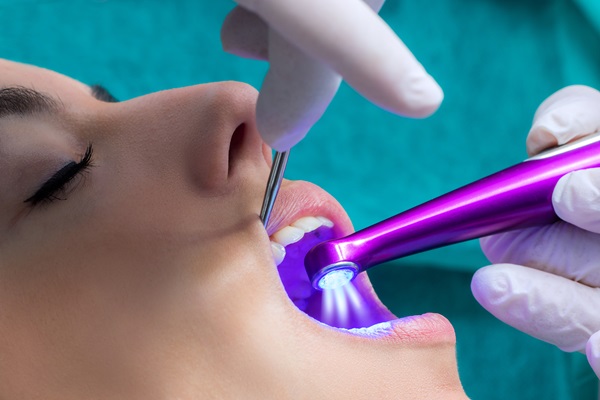The Process of a Full Mouth Reconstruction

A full mouth reconstruction occurs when one has multiple missing teeth in both their upper and lower jaw and want to replace the missing teeth and restore the appearance and functionality of the teeth. The process involves using cosmetic and restorative tools to fix the problems with the teeth.
Information about a full mouth reconstruction
People who undergo a full mouth reconstruction usually have extensive damage to the teeth that requires a lot of work to fix. Some of the reasons their mouth needs to be reconstructed include:
- Damage to the teeth caused by trauma or decay
- Wear caused by long-term acid erosion from foods, acid reflux, beverages or grinding of the teeth
- Pain in the jaw and surrounding muscles
When a patient goes to the dentist for treatment, the dentist will examine their mouth to determine the extent of the damage and the treatment options that can be used to fix it. The parts of the mouth the dentist will examine include:
The teeth
The dentist will check the condition of the teeth to determine which restorative procedures may be needed. Some of the restorative procedures that can be used to fix the teeth include:
- Dental veneers
- Inlays/onlays
- Dental bridges
- Dental crowns
- Dental implants
The dentist will make a note of any cavities or signs of decay, cracks or root canal issues as well.
Gum tissue
The dentist will check to see if the gums and surrounding tissue are healthy. If they determine that they are not, they will likely recommend scaling and root planing to treat the gum disease. The patient may need to undergo intensive treatment from a periodontist to ensure that their newly constructed teeth have a solid foundation. The treatment the patient receives at the hands of the periodontist may include bone and tissue grafts to build up the gums and jaw bone.
Temporomandibular joints and jaw muscles
If the patient experiences pain when they close their mouth, they likely have joint or bite problems, which can cause wear and destroy the teeth. The patient will need to undergo orthodontic treatment to fix their bite problem.
During the examination process, the dentist will take X-rays and photographs of the mouth, as well as impressions of the upper and lower teeth. The dentist may also refer the patient to a specialist in order to develop a treatment plan that is best for the patient. Once the dentist has all the relevant information, they develop a comprehensive, step-by-step treatment plan to correct all of the problems in the patient’s mouth and complete their full mouth reconstruction.
Conclusion
A full mouth reconstruction is needed to restore the appearance and functionality of your mouth by rebuilding both the upper and lower jaw. If you have severe problems with your teeth and want to get them fixed, schedule an appointment with your dentist to find out if you need to undergo a full mouth reconstruction.
Request an appointment here: https://stunningsmilesoflakeforest.com or call Stunning Smiles of Lake Forest at (949) 258-7433 for an appointment in our Lake Forest office.
Check out what others are saying about our services on Yelp: Read our Yelp reviews.
Recent Posts
Dental bonding is a common dental procedure that repairs damaged teeth (chips, cracks, etc.), fills in gaps between teeth and lengthens teeth that are worn down or naturally too short. Understanding the process that dentists use with dental bonding should help you decide if treatment is right for you. Although each dentist will have their own…
Thinking about getting dental sealant treatment? Dental sealants are a vital tool for preventing cavities or tooth decay. Tooth decay is a prevalent condition among children and teenagers, and when unchecked, it can lead to other serious oral issues such as premature tooth loss and gum disease. In combination with other preventive care measures such…
Practicing preventive dentistry at home allows you to reap many benefits for your general health. Brushing and flossing every day is a basic way of keeping your mouth in good shape. Having healthy teeth and gums helps support your whole body’s health. If you want to find out why good everyday dental hygiene is important…
There are a few great dental restoration options for someone needing to repair teeth that are in bad shape. One of the most popular ones is dental fillings, which can be used to restore and renew teeth that are damaged or decayed. Dentists typically recommend fillings for a patient that requires a minor dental restoration…


